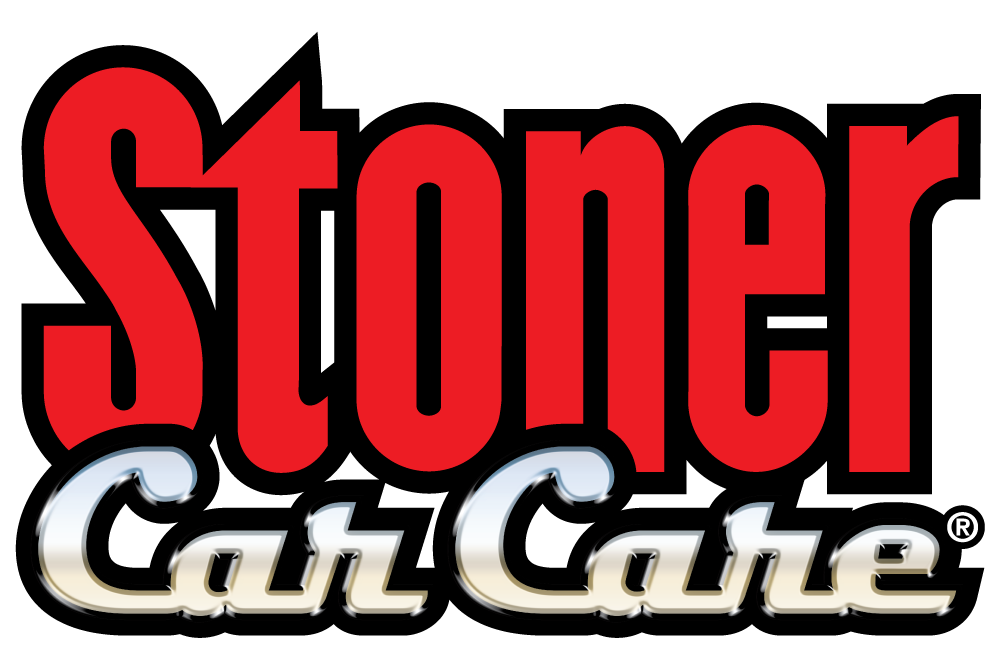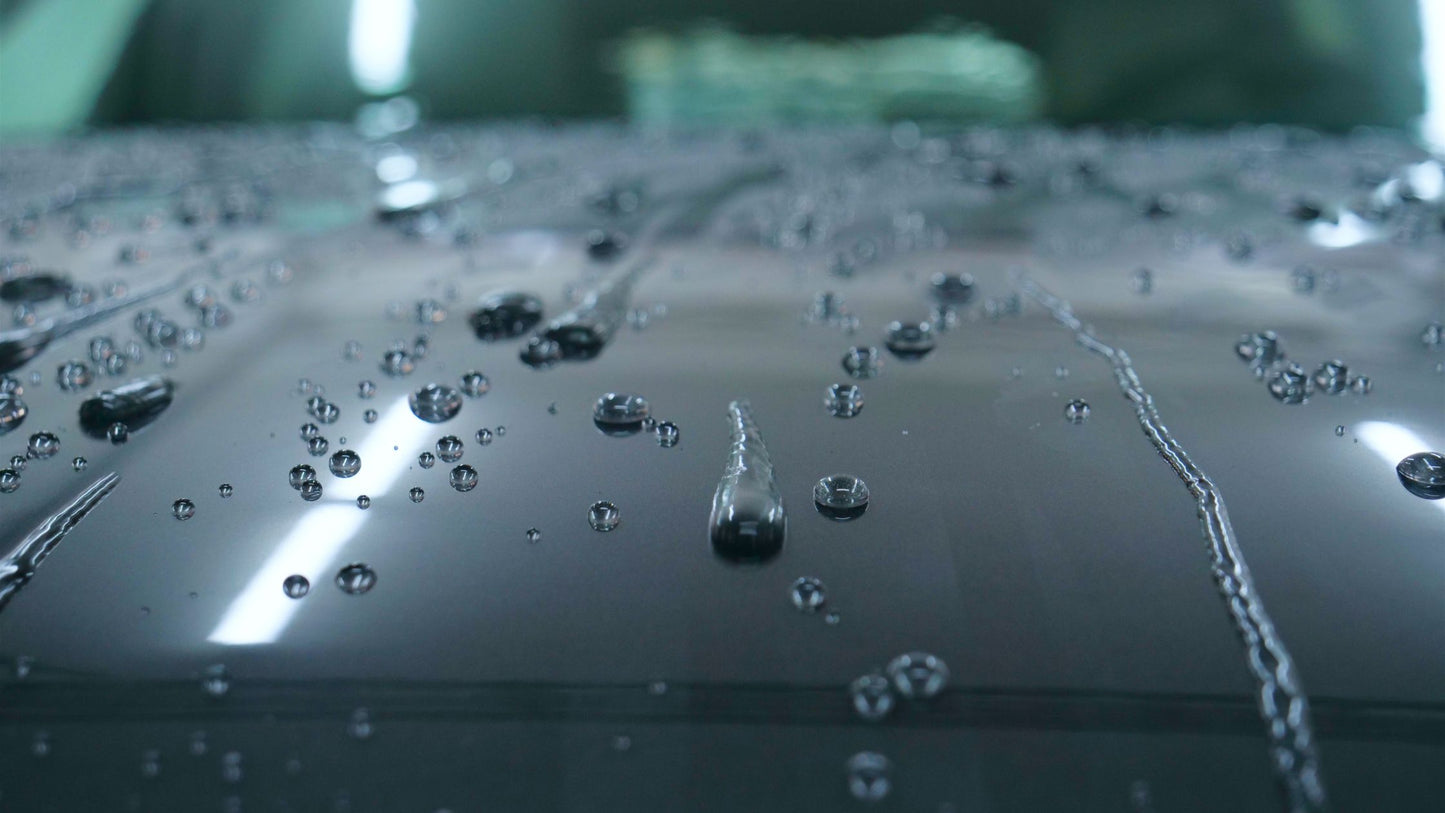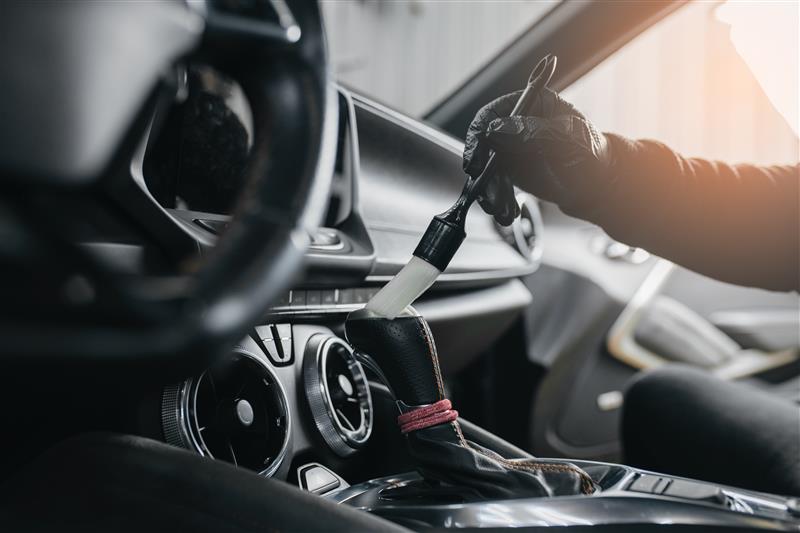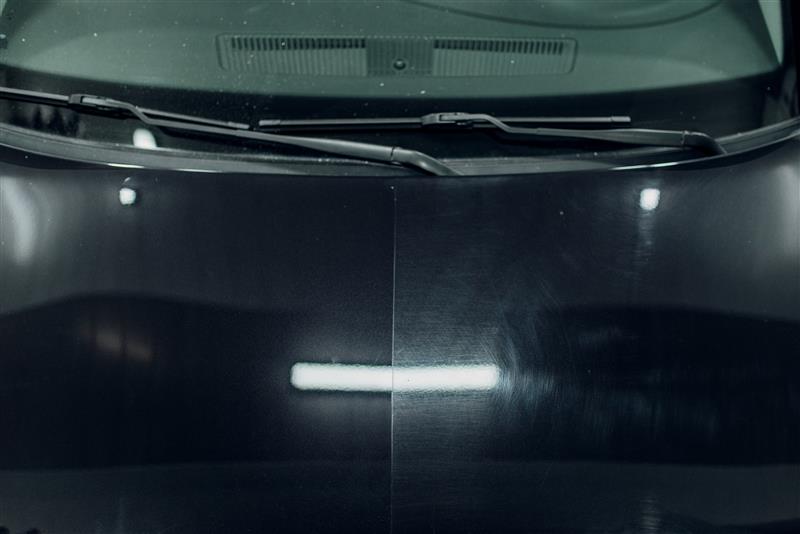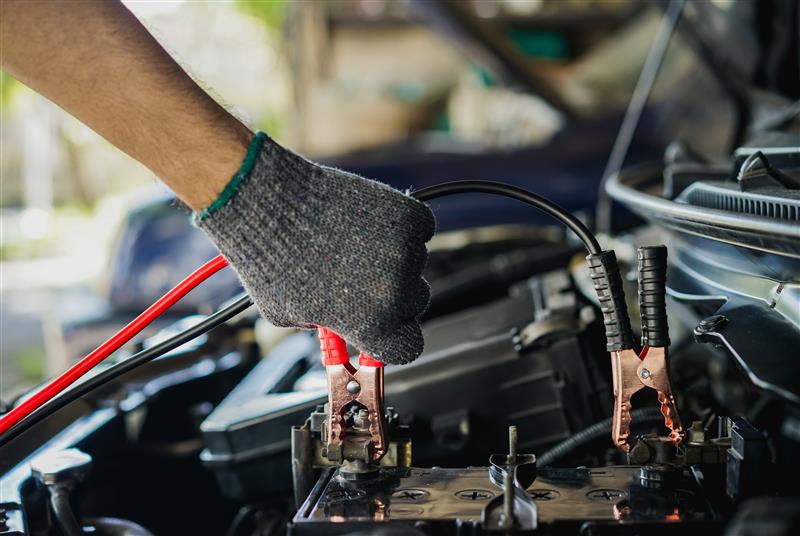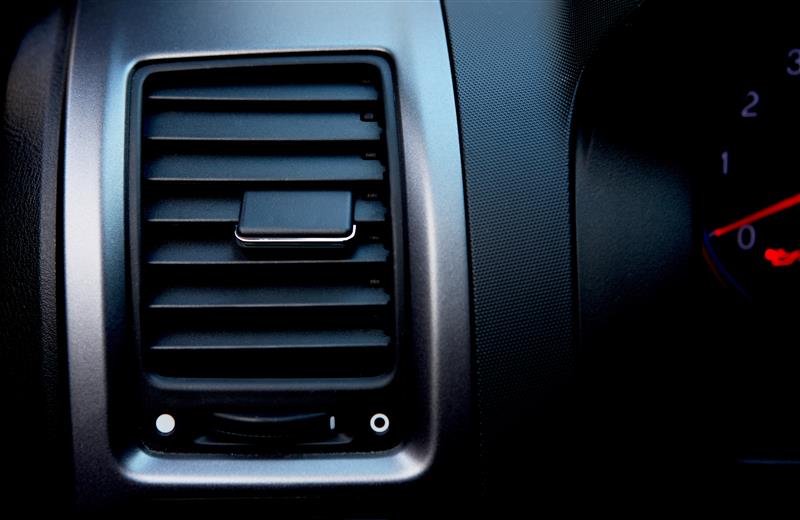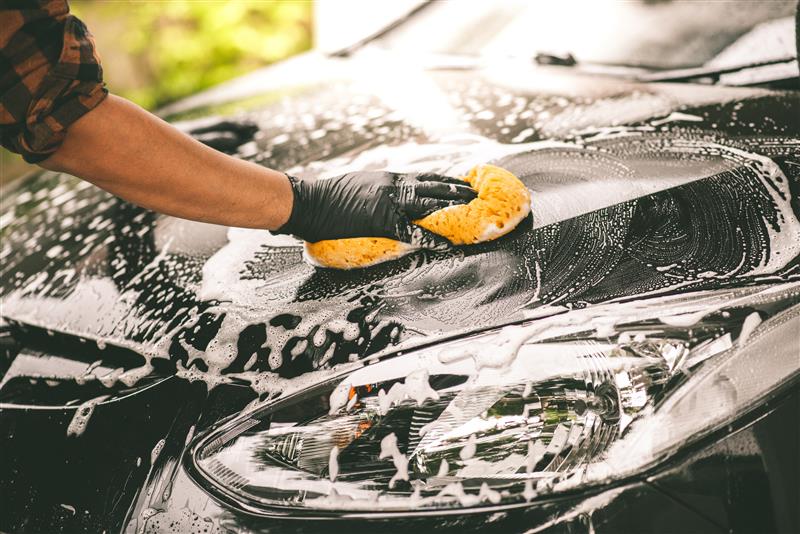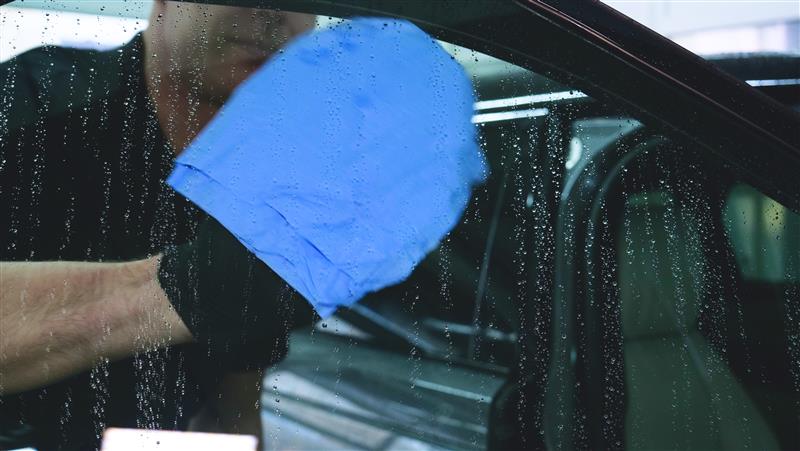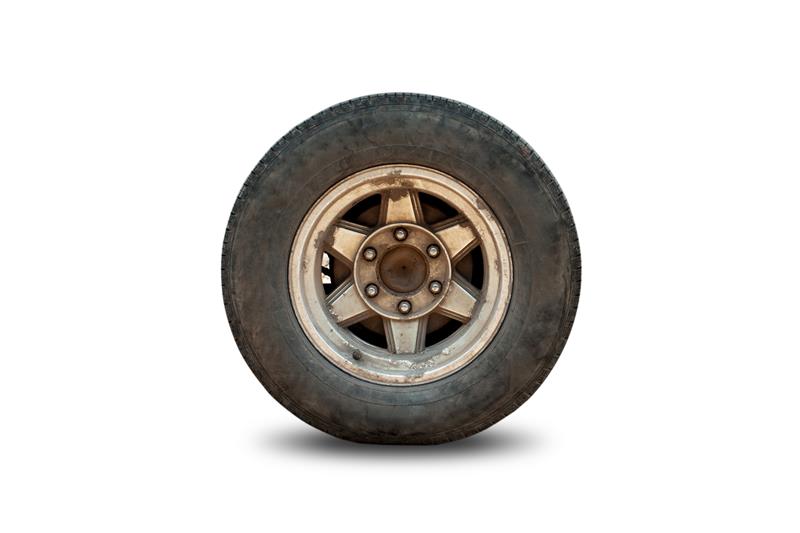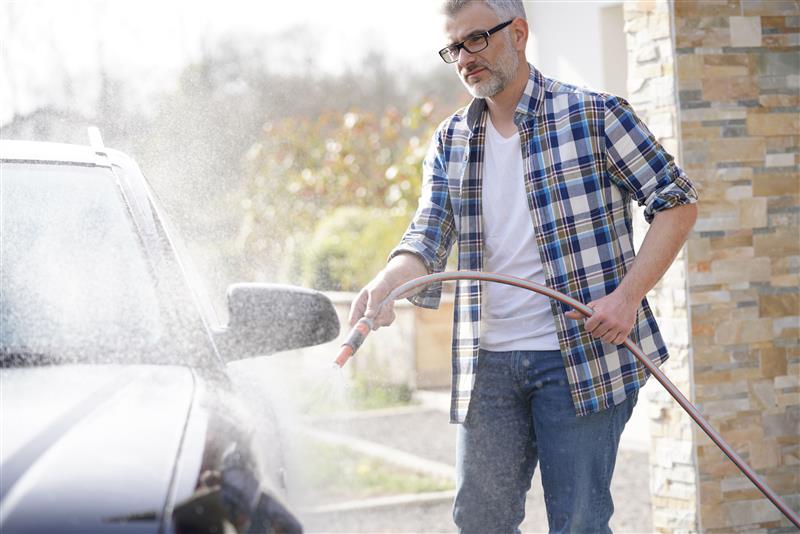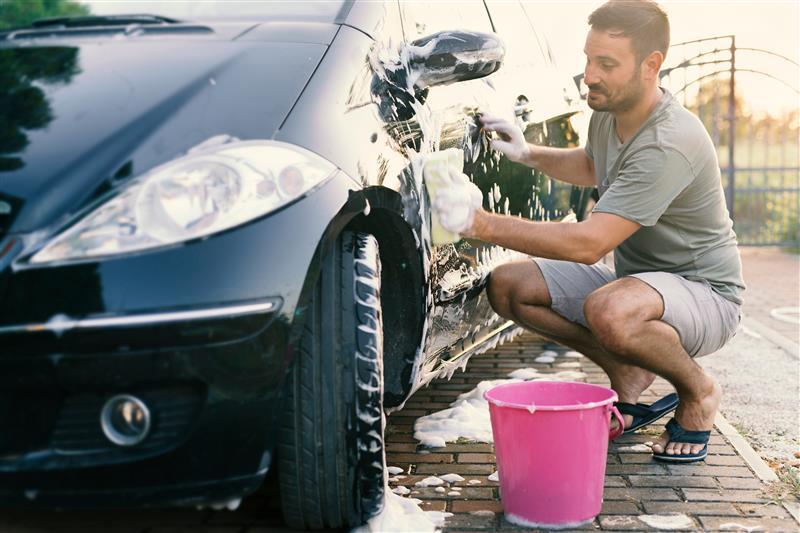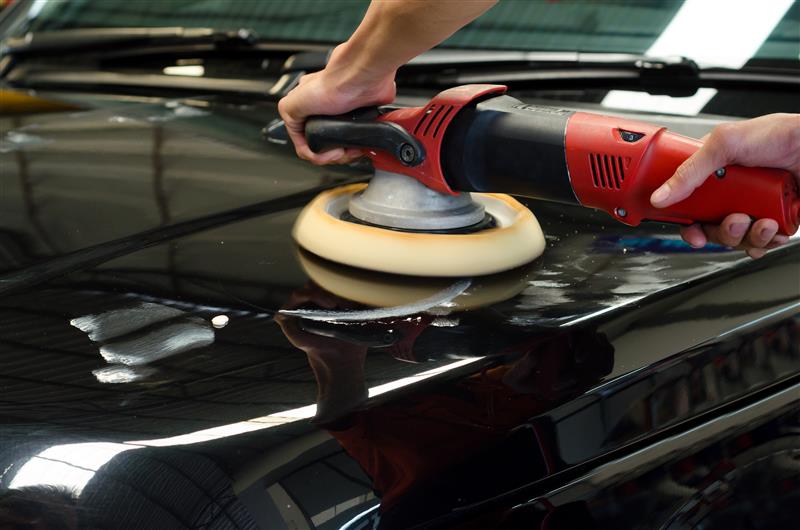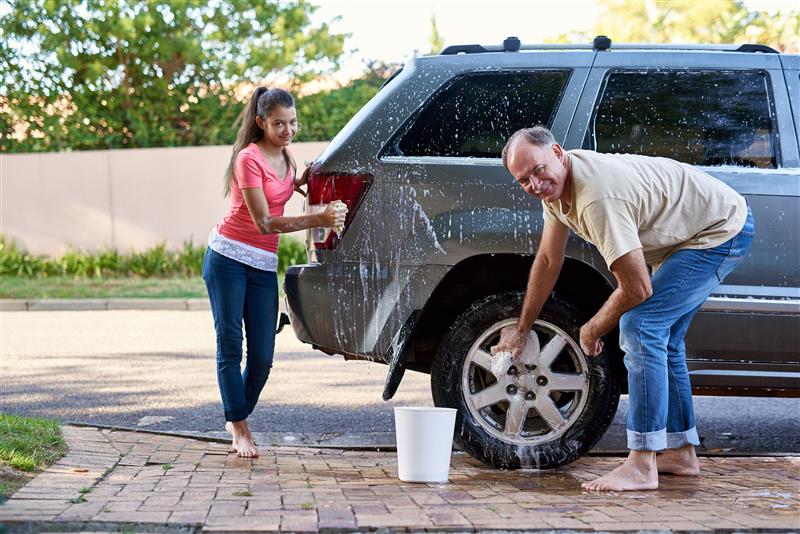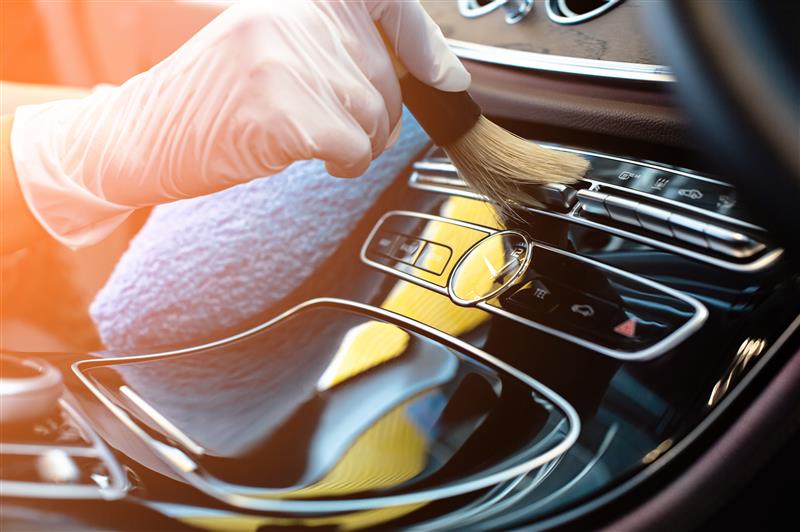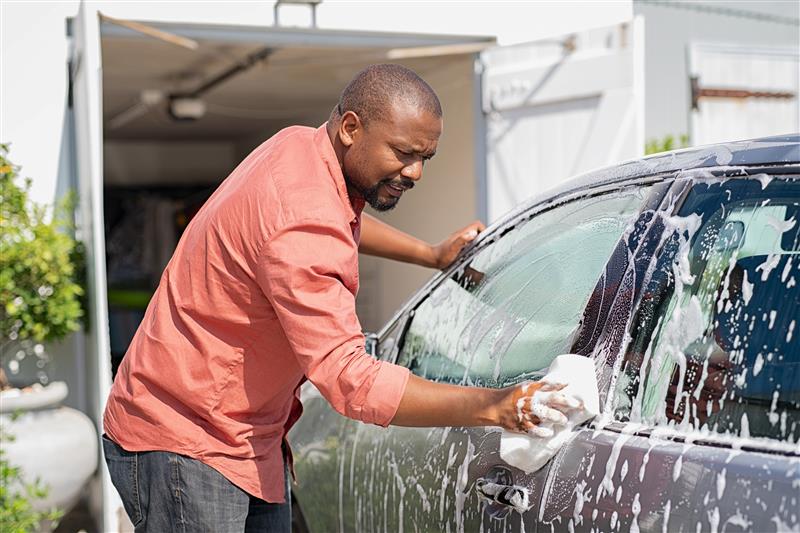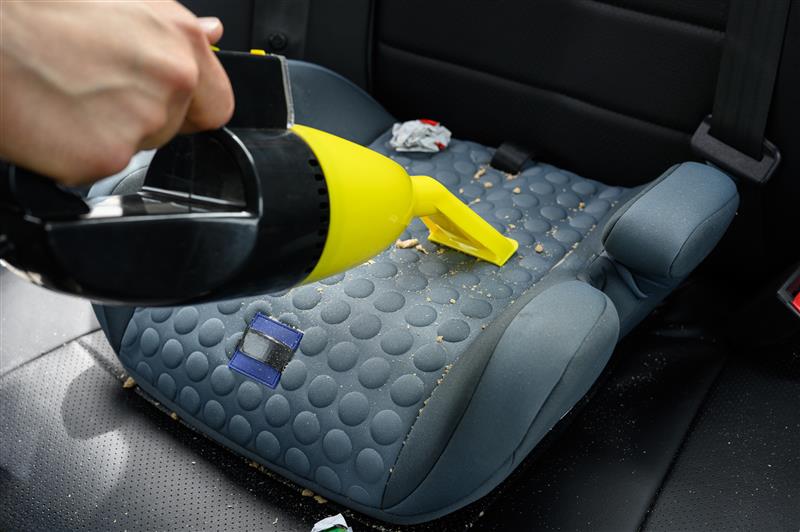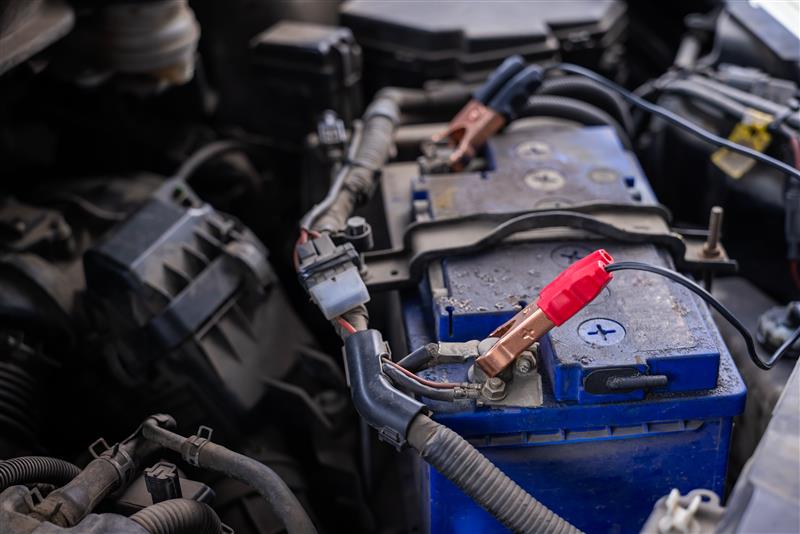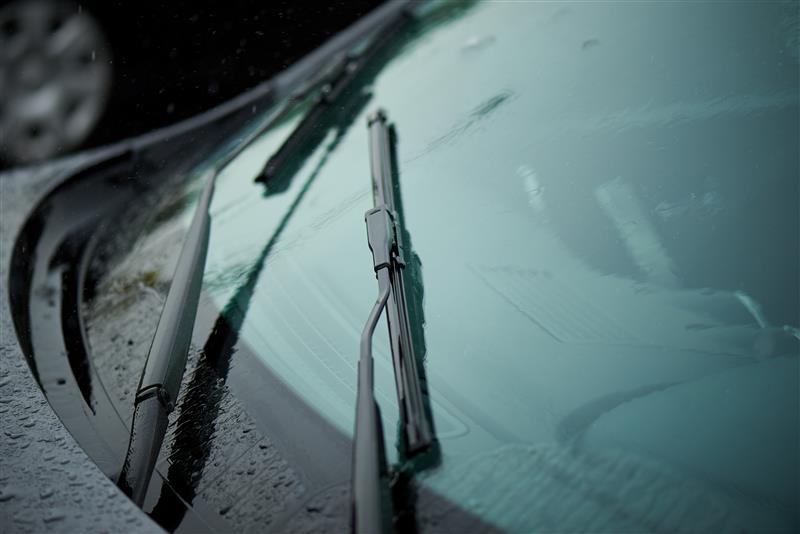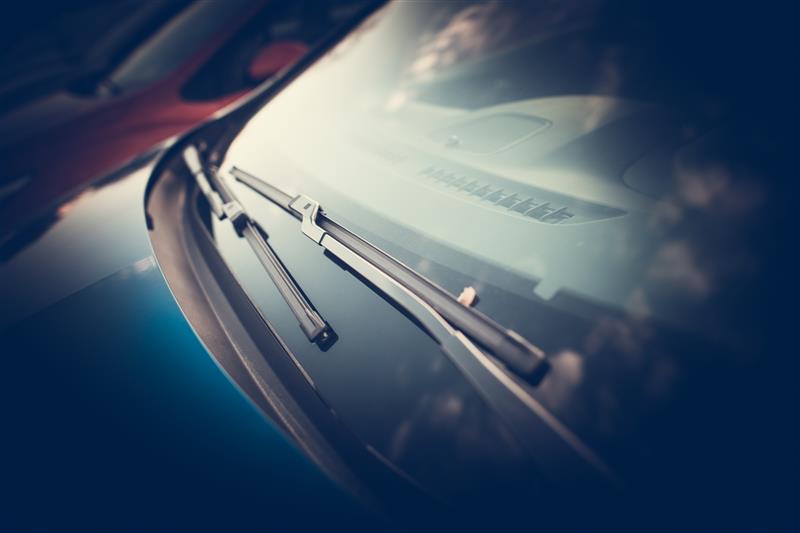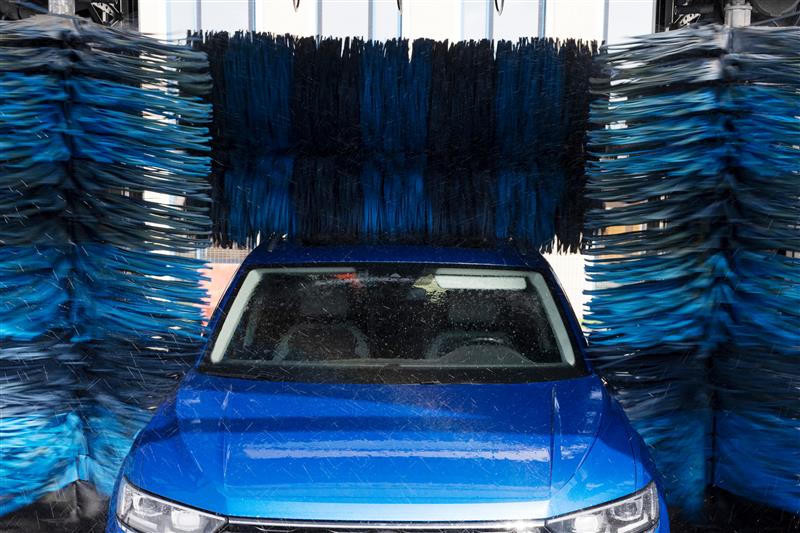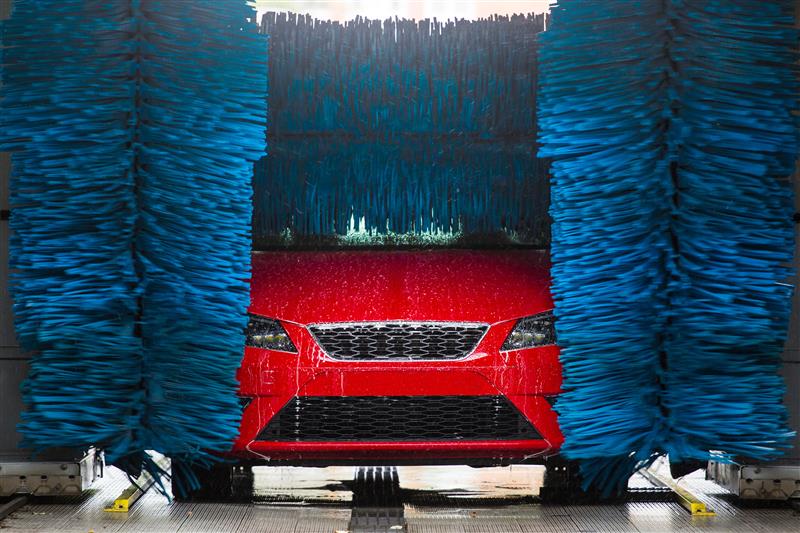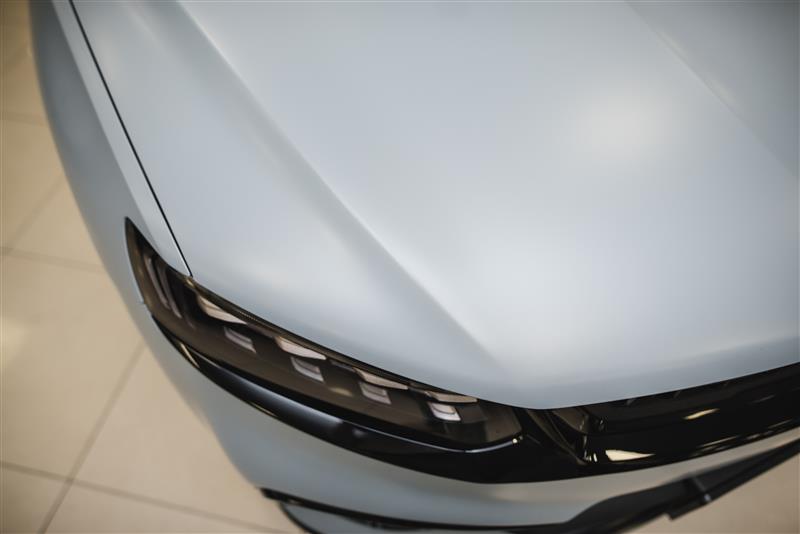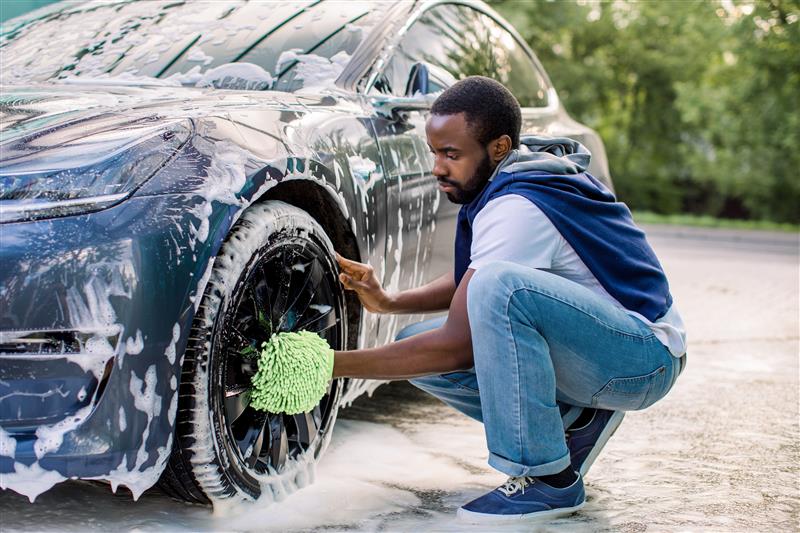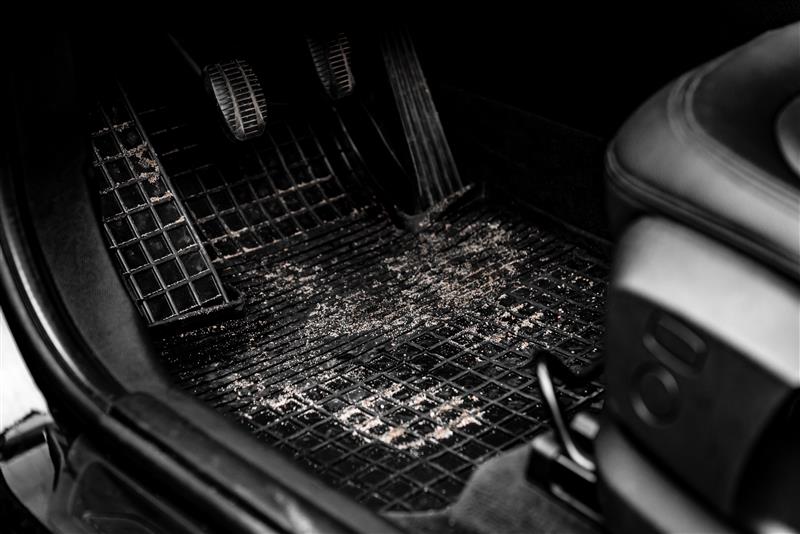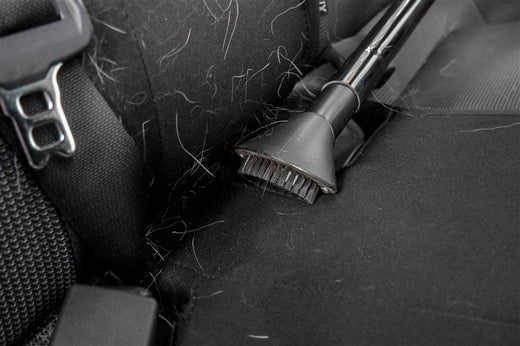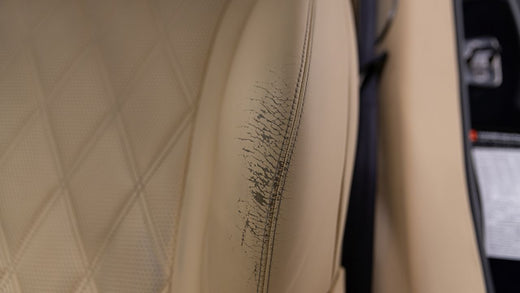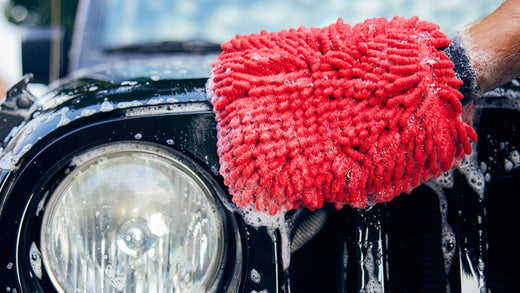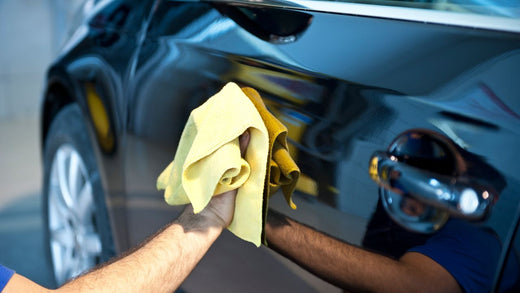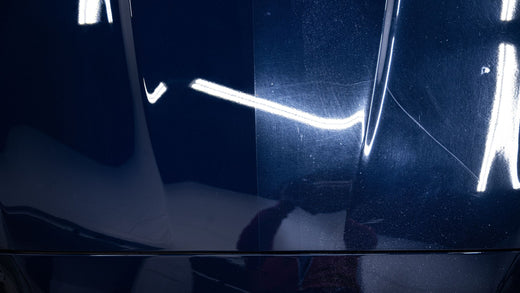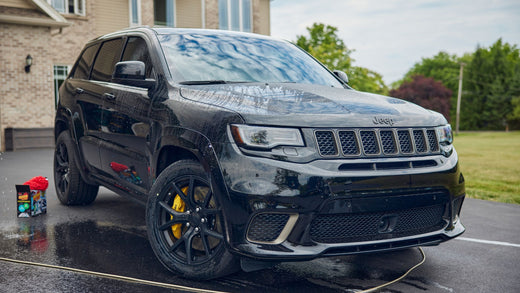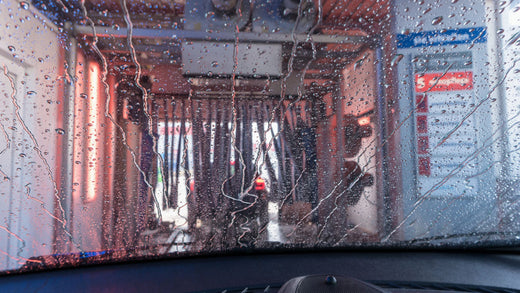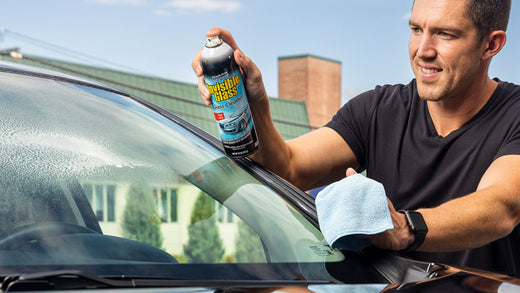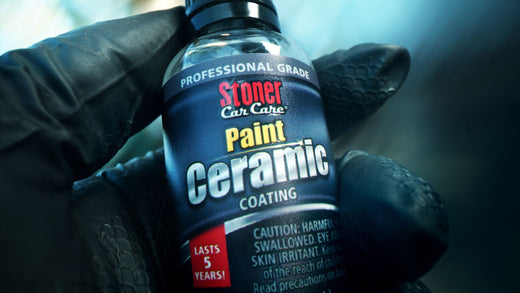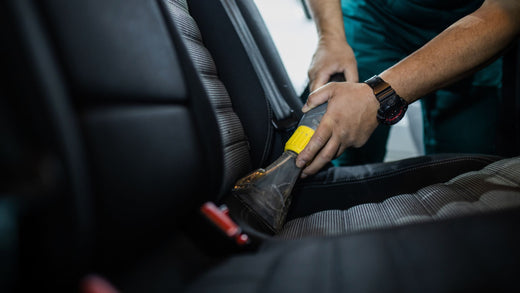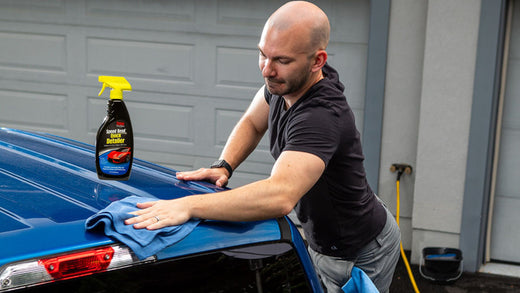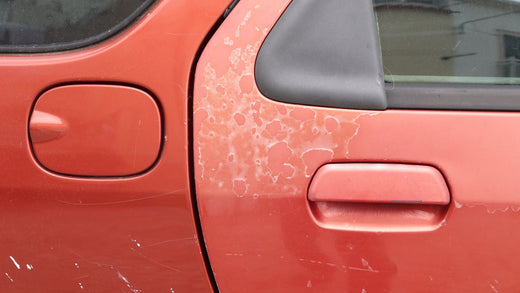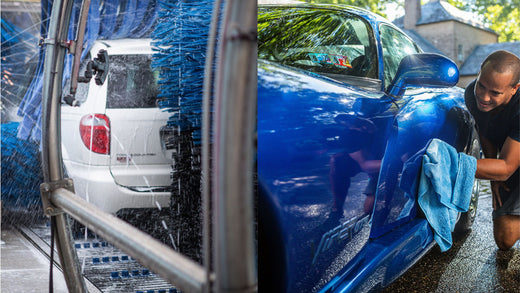Clear vision ahead with our holiday markdowns on Invisible Glass Ceramic Silicone Wiper Blades. Prices as marked.
Fresh from the factory, your vehicle’s car paint is expected to last for ten to fifteen years, under ideal conditions. We don’t live in a perfect world, and your car will surely encounter potentially damaging contaminants during your everyday commute. Fortunately, quality products can help keep your finish pristine. In this post, we’ll cover the process of protecting your paint and other steps you can take to keep your finish shining with or without a garage.
To protect your car’s paint: rinse the vehicle, apply car soap and wipe, dry with microfiber, and – most importantly – apply wax or a protective sealant.
A simple and well-executed detailing job will protect your car paint for weeks at a time. Gather these supplies before you begin:
- Hose
- Water Bucket(s)
- Microfiber Towels
- Wax or Synthetic Sealant product
That’s all you need! Much like the product list, the following steps are straightforward; still, they’ll provide you with a flawless, long-lasting finish.
Rinse the vehicle.
Begin by rinsing your car with a hose. This step doesn’t have to be fancy or thorough – the primary purpose is to flush loose dirt and grime from the surface. It’s crucial to rinse off debris that might scratch your finish during the scrub down. A quick rinse before the initial wash can save you potential headaches from unintentional damage.
Rinse the vehicle from top to bottom. This technique ensures that loose debris won’t run over already-cleaned areas.
Apply car soap and wipe!
Once you’ve removed loose debris, you can safely begin applying car soap to lift the stubborn residue. Washing with one bucket filled with soap does work, but we recommend utilizing a two-bucket wash system if possible: one for clean and the other for dirty water. A two-bucket system ensures you don’t reapply dirty water.
Use a back-and-forth or up-and-down wiping motion with your microfiber or wash mitt; this technique helps prevent water spots or streaks from forming. Reapply soap as needed for areas with baked-on dirt and debris.
Perform a second rinse.
Once the surface appears clean, conduct a final rinse down using the same top-to-bottom technique. This step aims to rinse any lingering car soap or debris you lifted while scrubbing.
A clean surface is a must before applying any wax or sealant product. Buffing either product onto a dirty surface can lead to improper application or surface damage.
Dry with a microfiber towel.
Dry your well-rinsed vehicle down with a microfiber towel. We recommend having at least ten cloths available for any full-scale exterior cleaning. Frequently exchange wet microfibers for dry cloths. Rubbing with a soaked towel will either reapply water or move it around the vehicle.
You’ll likely have to deal with water spots if you work in hot conditions. These unsightly splotches form when water containing minerals evaporates. Though the water disappears, minerals are left behind to form marks. To eliminate these imperfections, reapply some soapy water and wipe. Dry the area, and you should see a spot-free surface. For advice on removing stubborn, baked-on water spots, check out our blog.
Be sure to dry your vehicle thoroughly, as any lingering water or debris will affect the protective application in the next step. Wax and sealant products require a clean, dry surface for proper adhesion.
Prep the surface before using wax
If you’re planning to deep clean or polish your paint, this is the time do it. Wax and sealants will effectively seal in what is currently the clearcoat or paint.
Embedded imperfections can sometimes make their way through the basic wash stage. Car polishes use abrasives to remove imperfections such as swirl marks or light scratches. Clay bars are excellent at picking up stubborn debris and smoothing your exterior. This is also the perfect point in the detailing process to utilize glazes if you so choose.
Apply a wax or protective sealant product.
Protective wax or sealant is crucial to shielding your car’s finish. Wax and sealant products offer similar benefits with a few minor differences. For the basic run-down on both, refer to the table below. More in-depth information about these protective products follows.
|
WAXES |
SEALANTS |
|---|---|
|
➤ Made from natural ingredients ➤ Delivers a deep, warm luster ➤ Gives paint depth and vibrance ➤ Offers temporary UV protection that lessens over time ➤ Protection wanes faster than sealant |
➤ Formulated synthetically ➤ Stronger and longer-lasting than most waxes ➤ One application may last up to a year ➤ Greater resistance to UV rays and chemical erosion ➤ Higher surface tension ➤ Forms a hard, glass-like shell that leaves a glossy shine |
Waxes
Waxes are the way to go if you prefer using natural products on your vehicle. Wax's main ingredient is carnauba wax, derived from palm trees. In nature, this wax coats palm leaves to protect them from the intense heat and moisture they endure near the Equator. Farmers harvest raw carnauba as hard flakes that they grind into powder. Manufacturers then blend this powder with other waxes, oils, and petroleum derivatives to create commercial car waxes. Car waxes come in several forms to suit your preference.
Paste Waxes
Pastes are typically the most expensive, containing the most carnauba wax. Paste waxes produce the deepest color and shine but degrade most quickly.
Liquid Waxes
Car owners who seek durability often prefer liquid waxes. Liquids contain more synthetic ingredients, so they may be trickier to apply, but they are the longest-lasting types of wax.
Spray Waxes
Sprays are the easiest to use but only last a few weeks. Affordable and easy to find, sprays are a good choice for those with limited time or those requiring a basic touch-up.
Overall, waxes take longer to apply than sealants but produce a natural sheen that brings out your paint's depth and color richness. Sealants also create shine, but the truth is there isn’t a synthetic product out there that replicates the warmth of wax.
Synthetic Sealants
While waxes are formulated from natural ingredients, sealants are artificial. Chemical engineers develop sealants from a mix of petroleum derivatives, polymers, and resins. These chemical components are lab-tested and created from hundreds of hours of research and development.
Sealants most commonly come in a paste form. Typically much easier to apply than wax products, pastes are convenient, and application is much swifter than wax. The process varies from product to product, so always read the instructions before applying.
Sealants work by producing a hard, durable shell that protects your paint. Generally speaking, synthetic products typically last longer, cost less, and are easier to apply.
Synthetic products won't produce the same depth of shine as wax. Still, some motorists prefer synthetics because they deliver a glossier finish than wax. In the end, it all comes down to preference. We recommend using wax for a more traditional finish and a synthetic sealant if you prefer a futuristic look.
The additional step of protection is worth it!
Since both waxes and synthetics protect your car's exterior, you can safely use whichever you prefer – but be sure to choose one. Applying a wax or sealant protects your exterior from many contaminants: road chips, sap, snow, road salt, sea salt, and animal droppings, to name a few.
The secret to maintaining a pristine paint finish is routine upkeep and reapplication of sealant or wax products. Over time, outdoor elements will wear down any applied protective layers – leaving your car paint at the mercy of the road. The monthly application of these products ensures optimal protection year-round.
Invest time to save money.
Protecting your car paint takes time and effort, but the result is well worth it. Help your exterior fight its year-long battle against the elements with this step-by-step process: rinse the vehicle, apply car soap and wipe, dry with microfiber, and – most importantly – apply a wax or protective sealant product. These steps will shield your car from almost anything coming its way.
